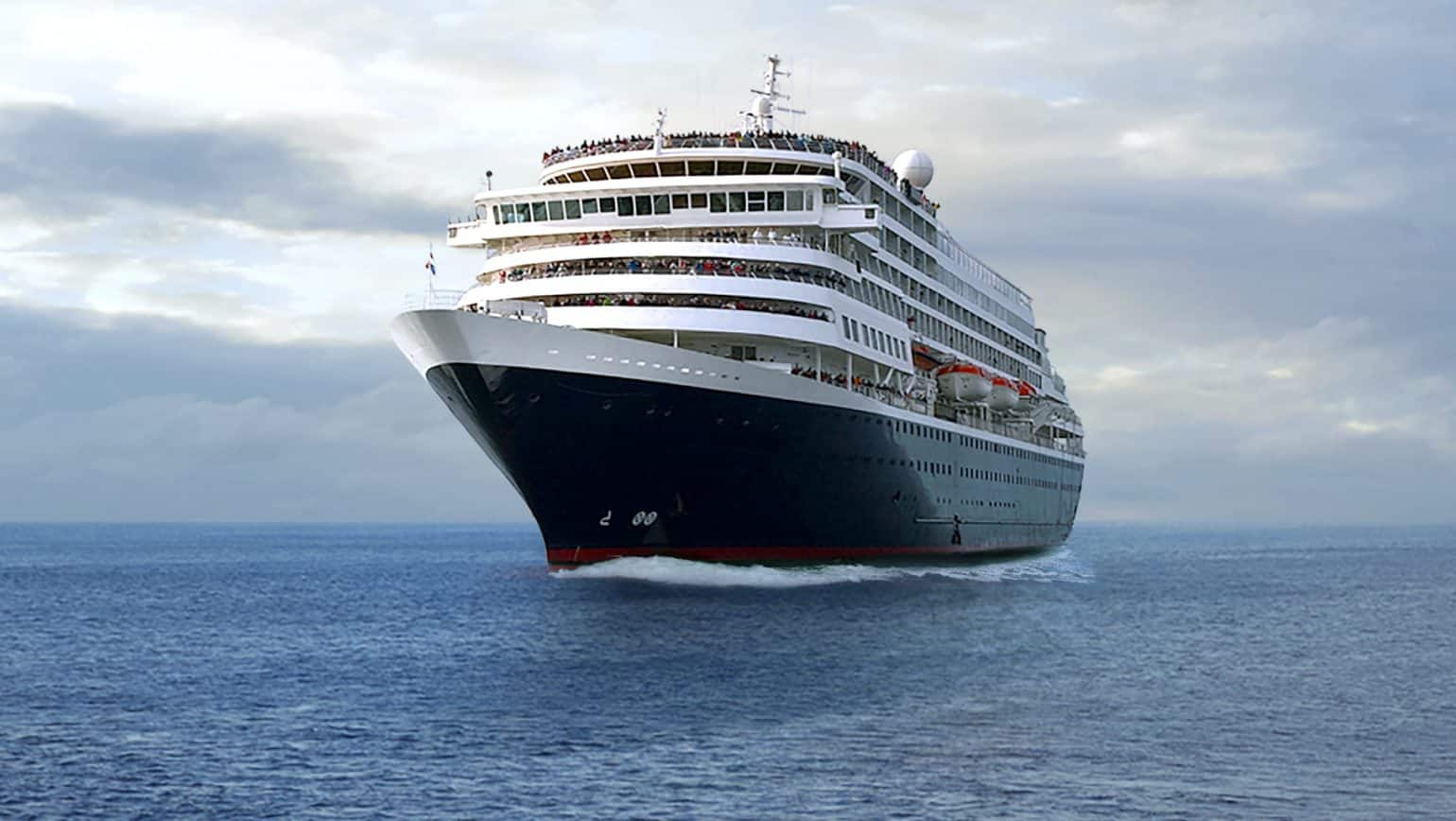Kralendijk, Bonaire, presents an eclectic mix of Dutch colonial architecture and rich marine biodiversity. This laid-back Caribbean capital is your gateway to some of the best diving spots, where you can explore pristine reefs teeming with life. Beyond the underwater wonders, the town offers a peek into the island’s diverse cultural heritage through its Papiamento-speaking populace and Dutch-influenced landmarks. Holland America Line’s excursions in Bonaire promise a memorable adventure that melds cultural history with natural splendor.

Kralendijk, Bonaire
Featured Shore Excursions

Bon Sea Semi-Submarine

Aquaspace Semi-Sub & Marine Park Snorkel

Bonaire Lookout Point & Eden Beach Club

Bonaire Blokart Land-Sailing

Explore Bonaire by Electric Fiat Topolino